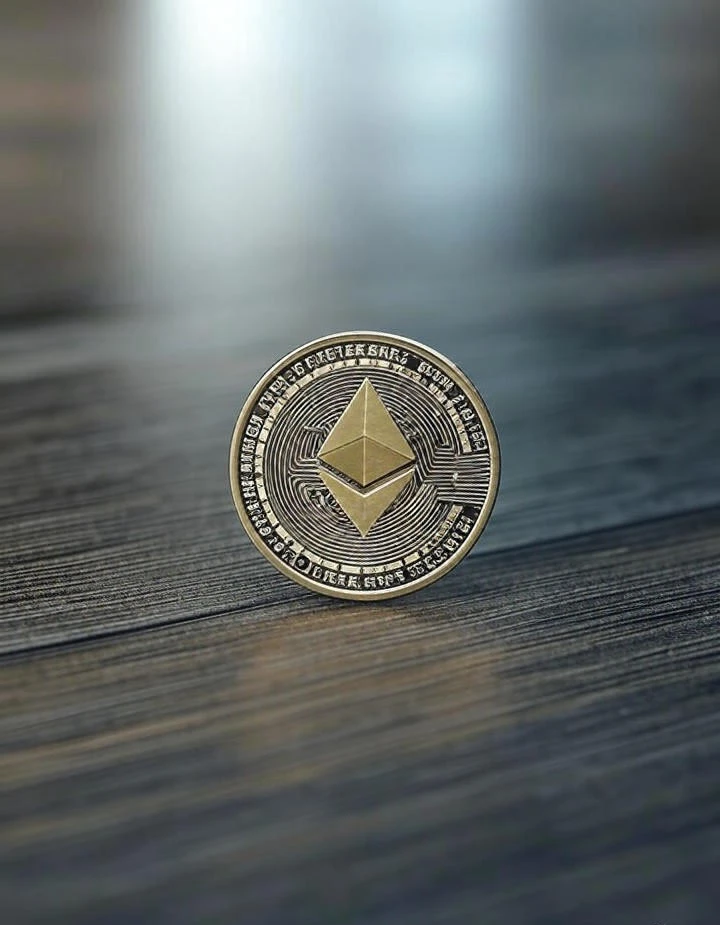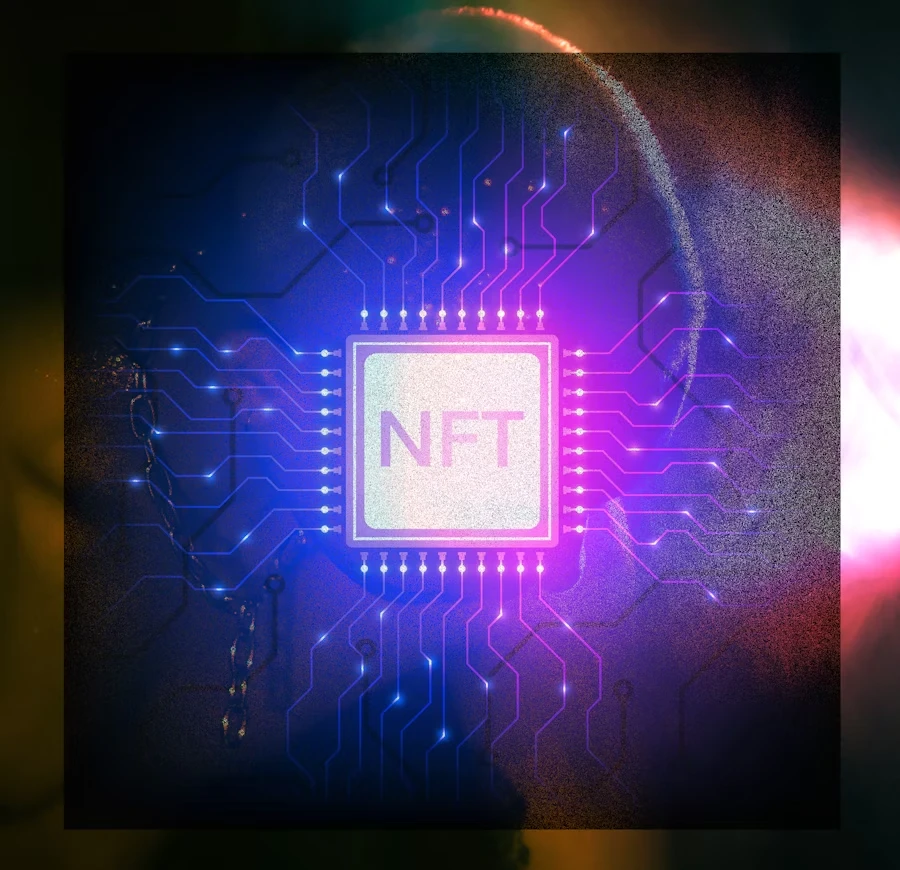
This website uses cookies
We use Cookies to ensure better performance, recognize your repeat visits and preferences, as well as to measure the effectiveness of campaigns and analyze traffic. For these reasons, we may share your site usage data with our analytics partners. Please, view our Cookie Policy to learn more about Cookies. By clicking «Allow all cookies», you consent to the use of ALL Cookies unless you disable them at any time.
Ethereum Virtual Machine (EVM) compatible blockchains have gained popularity as developers look for alternative platforms to build decentralized applications (dApps) and smart contracts. These networks promise better scalability, lower fees, and faster transactions, while maintaining compatibility with Ethereum's ecosystem. In this article, we will compare the top 5 EVM-compatible blockchains, assessing their advantages and disadvantages relative to one another.
Ethereum (ETH)
Advantages:
Largest and most established EVM-compatible blockchain
Robust developer community and ecosystem
High level of security due to extensive network decentralization
Disadvantages:
High transaction fees (gas fees) during periods of network congestion
Limited scalability, causing slower transaction times
Binance Smart Chain (BSC)
Advantages:
Low transaction fees
High transaction throughput and fast block times
Backed by Binance, one of the largest cryptocurrency exchanges
Disadvantages:
Centralized due to the small number of validators (21)
Limited developer community compared to Ethereum
Avalanche (AVAX)
Advantages:
Highly scalable through its unique consensus mechanism (Avalanche Consensus)
Fast transaction times and low fees
Growing developer community and ecosystem
Disadvantages:
Relatively new, with a smaller ecosystem compared to Ethereum
Adoption and network effects not yet as strong as other platforms
Polygon (MATIC)
Advantages:
Layer 2 scaling solution for Ethereum, which reduces fees and increases transaction throughput
Strong integration with Ethereum's ecosystem and developer community
Fast and low-cost transactions
Disadvantages:
Reliant on Ethereum's security, making it susceptible to potential vulnerabilities
Limited adoption as a standalone blockchain compared to other EVM-compatible networks
Fantom (FTM)
Advantages:
High throughput and low fees enabled by its unique consensus mechanism (Lachesis)
Rapidly growing ecosystem and developer community
Focus on DeFi and cross-chain interoperability
Disadvantages:
Relatively new and untested compared to more established networks
Smaller market capitalization and network effects
Conclusion
Each EVM-compatible blockchain offers its unique set of advantages and disadvantages. While Ethereum remains the most established and widely adopted platform, alternatives like Binance Smart Chain, Avalanche, Polygon, and Fantom provide promising solutions to issues like scalability, transaction fees, and speed. Developers should consider these factors when choosing the most appropriate blockchain for their projects.



